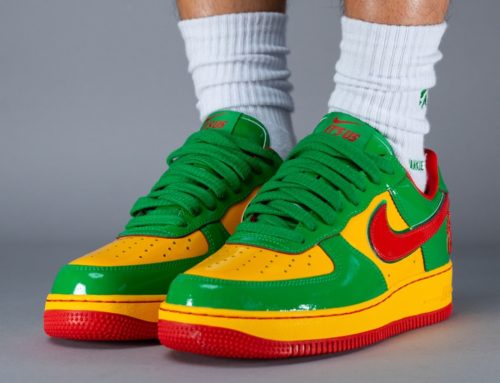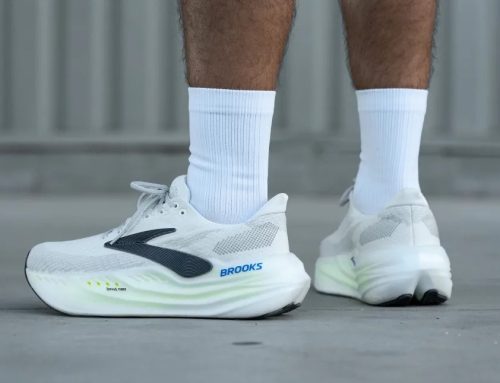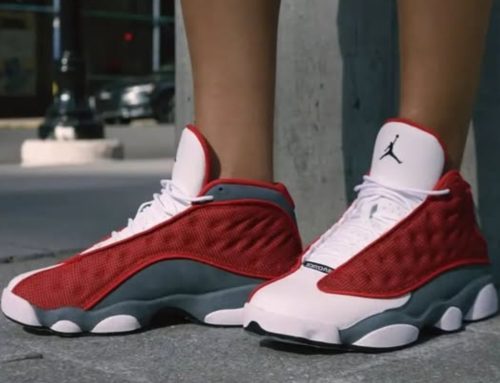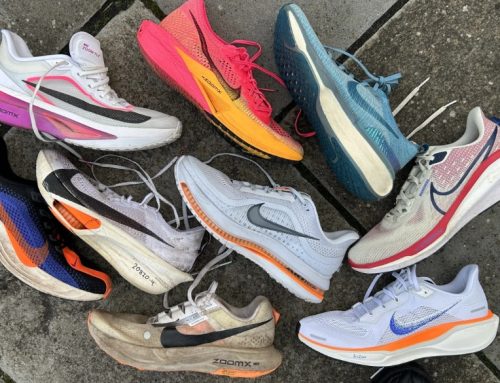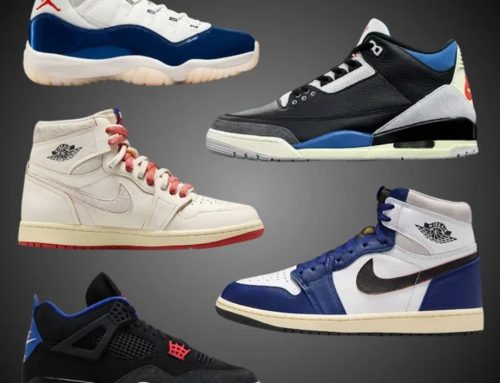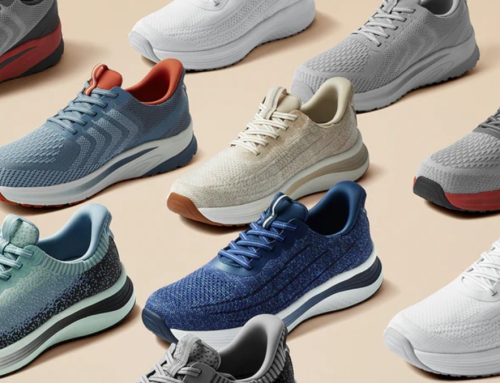Discovering the best shoes for back pain can truly transform your daily comfort and mobility. As a seasoned sneaker expert and avid researcher in biomechanics and foot health, I understand the debilitating impact chronic back pain can have, whether you’re navigating a busy workday, embarking on a long walk, or simply standing for extended periods. This comprehensive guide is designed to help you find footwear that offers crucial support and alleviates discomfort.
In this guide, I will explore the key features that truly matter when choosing shoes for back pain, introduce you to the top-recommended models by medical professionals, and equip you with the knowledge to make an informed decision for lasting comfort.
Understanding the Link: How Shoes Affect Your Back
Before we dive into specific recommendations for the best shoes for back pain, it’s crucial to understand the fundamental connection between your feet and your spine.
Think of your body as a carefully constructed building. Your feet are the foundation. Consequently, if the foundation is unstable or uneven, the entire structure above it – including your ankles, knees, hips, and ultimately your back – will be affected. Improper footwear can lead to several issues.
Therefore, choosing the best shoes for back pain isn’t merely a luxury; it’s a vital component of managing and preventing chronic discomfort.
Key Features to Look for in the Best Shoes for Back Pain
When I assess footwear for its potential to alleviate back pain, I focus on several critical features. These are the pillars of support and comfort you should prioritize.
Superior Cushioning: Cushioning absorbs impact, dissipating forces that would otherwise travel up your kinetic chain. Look for shoes with lightweight foams (like EVA or proprietary blends) or gel technologies that provide a plush, responsive feel.
Robust Support and Stability: Cushioning alone isn’t enough. You need shoes that provide adequate arch support to maintain proper foot alignment. This prevents overpronation or supination, ensuring your knees, hips, and lower back remain in a healthy alignment.
A rigid sole and a deep heel cup are indicators of good support. Also, shoes with a wide base or stabilizing elements can significantly enhance stability, preventing wobbling and unnatural movements.
Appropriate Heel-to-Toe Drop: This refers to the height difference between the heel and the forefoot. A high drop (e.g., high heels) can shift your body weight forward, straining the lower back.
Proper Fit: An ill-fitting shoe, whether too tight or too loose, can lead to compensation in your stride, directly contributing to back pain. Ensure your shoes fit snugly at the midfoot, with enough room for your toes to splay comfortably, and about a thumb’s width between your longest toe and the end of the shoe.
Reliable Traction: A grippy outsole prevents slips and falls, which can severely aggravate existing back pain or cause new injuries. Look for textured rubber outsoles that offer confident footing on various surfaces.
Breathability and Durability: While not directly impacting back pain, these features contribute to overall foot comfort and the longevity of your shoes, thereby ensuring consistent support over time.
Top 5 Picks: The Best Shoes for Back Pain
Based on a comprehensive review of expert recommendations and product analyses across leading health and fitness publications, I’ve identified five standout models that are consistently lauded as the best shoes for back pain. These shoes excel in providing the critical cushioning, support, and stability necessary to alleviate discomfort and promote proper biomechanics.
1. Hoka Clifton 9
The Hoka Clifton 9 consistently appears on lists of the best shoes for back pain, and for good reason. Hoka is renowned for its maximalist cushioning, and the Clifton 9 embodies this philosophy, offering an exceptionally plush and responsive ride. It’s often praised for its ability to provide a “walking on clouds” sensation, which is incredibly beneficial for impact absorption.
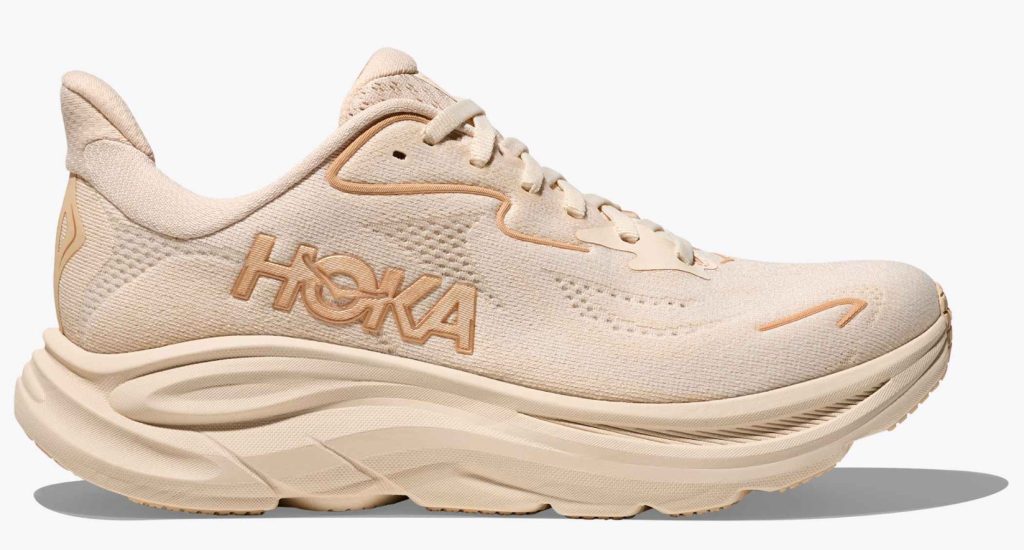
Specifications:
- Size Range: Women’s 5-12, Men’s 7-15
- Weight: Approximately 7.3 oz (Women’s US 7), 8.8 oz (Men’s US 9)
- Materials: Engineered knit mesh upper (recycled materials), compression-molded EVA foam midsole, Durabrasion Rubber outsole. Vegan friendly.
- Heel-to-Toe Drop: 5mm
- Best For: Walking, everyday wear, light running, standing all day, hip pain.
Key Features:
- Responsive Foam: Features a new responsive foam formulation in the midsole, offering exceptional shock absorption.
- Redesigned Outsole: Enhances durability and traction for everyday miles.
- APMA Seal of Acceptance: Recognized by the American Podiatric Medical Association for promoting foot health.
- Balanced Cushioning: Provides a soft yet supportive feel, reducing impact on joints and the lower back.
- Lightweight Design: Despite its ample cushioning, the Clifton 9 remains surprisingly lightweight, minimizing foot fatigue.
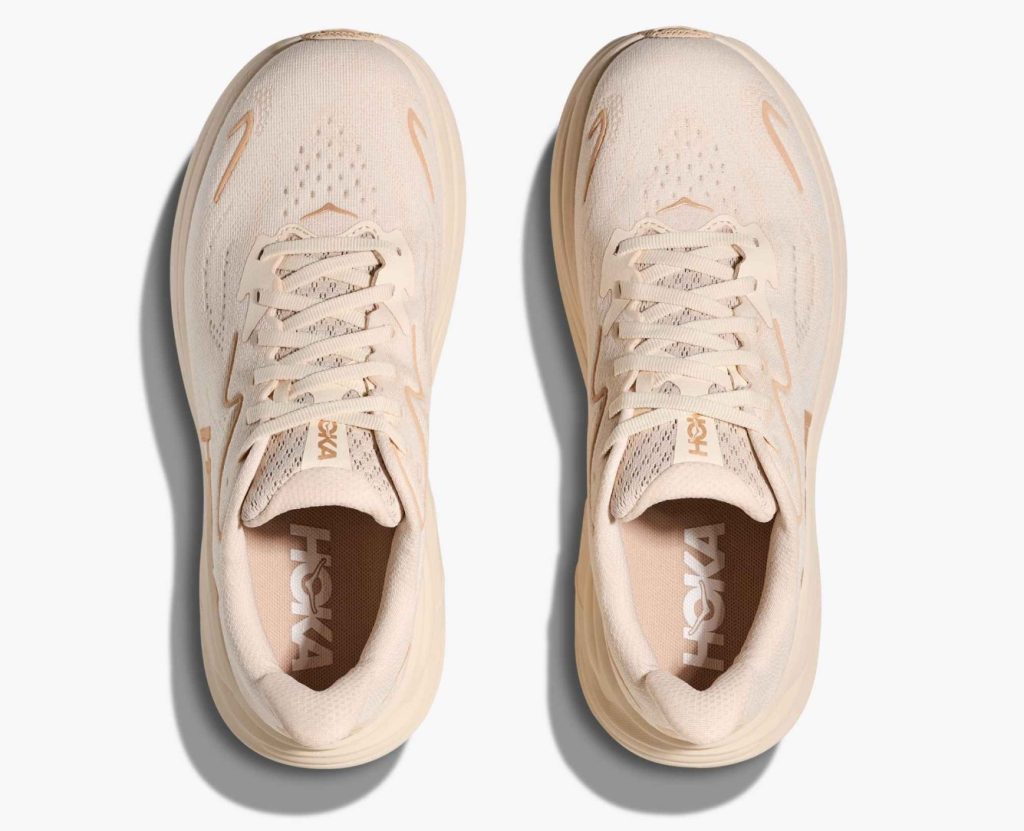
Pros:
- Outstanding cushioning for superior impact absorption.
- Lightweight and breathable.
- Promotes a smooth, comfortable stride.
- Versatile for various activities and long periods of standing.
- APMA-approved for foot health.
Cons:
- Some users find the cushioning “too squishy” or overly soft, potentially affecting responsiveness for certain activities.
- The back of the shoe may come up higher, potentially causing rubbing for sensitive heels.
2. New Balance Fresh Foam X 1080v14
The New Balance Fresh Foam X 1080v14 is a highly recommended option among the best shoes for back pain, particularly for those who log a significant number of walking miles. Physical therapists and physiatrists frequently endorse New Balance for its blend of cushioning, support, and ergonomic design. The 1080v14 builds on this reputation, offering a plush yet stable platform.
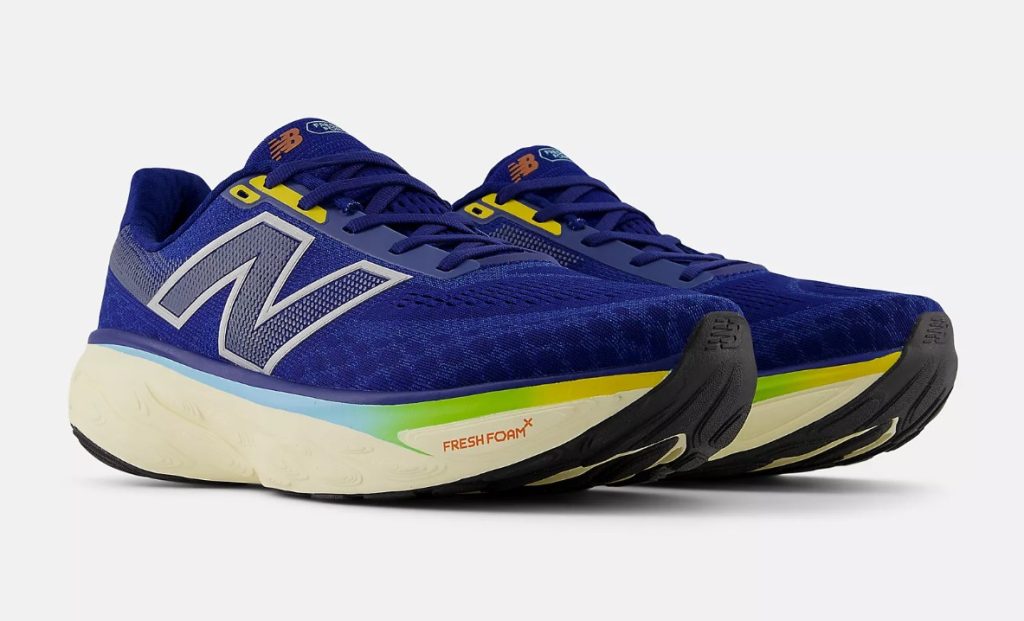
Specifications:
- Size Range: Women’s 5-13, Men’s 7-15
- Weight: Approximately 7.3 oz (Women’s US 7), 9.2 oz (Men’s US 9)
- Materials: Hypoknit mesh upper, Fresh Foam X midsole, Blown Rubber outsole.
- Heel-to-Toe Drop: 6mm
- Best For: Walking, everyday wear, general fitness, preventing overpronation.
Key Features:
- Fresh Foam X Cushioning: New Balance’s most cushioned Fresh Foam experience, providing a soft and responsive feel.
- Hypoknit Upper: Engineered for strategic areas of support and stretch, offering a comfortable and breathable fit.
- Enhanced Midfoot Support: Designed to prevent overpronation, which can impact knee and hip angles, and subsequently, the lower back.
- Lightweight Build: Delivers significant cushioning without feeling bulky.

Pros:
- Excellent cushioning for long walks and daily wear.
- Lightweight and breathable design.
- Good support to prevent excessive ankle roll and align the kinetic chain.
- Roomy toe box for natural toe splay.
Cons:
- Some users find the bouncy rocker sole feels slightly unstable initially.
- Arch support may not be sufficient for individuals with very high arches.
3. Brooks Glycerin GTS 21
Brooks has cultivated a strong following for its supportive running shoes, and the Glycerin GTS 21 stands out as a top contender for the best shoes for back pain, suitable for both running and everyday wear. Its emphasis on stability, combined with ample cushioning, makes it a reliable choice for managing discomfort.
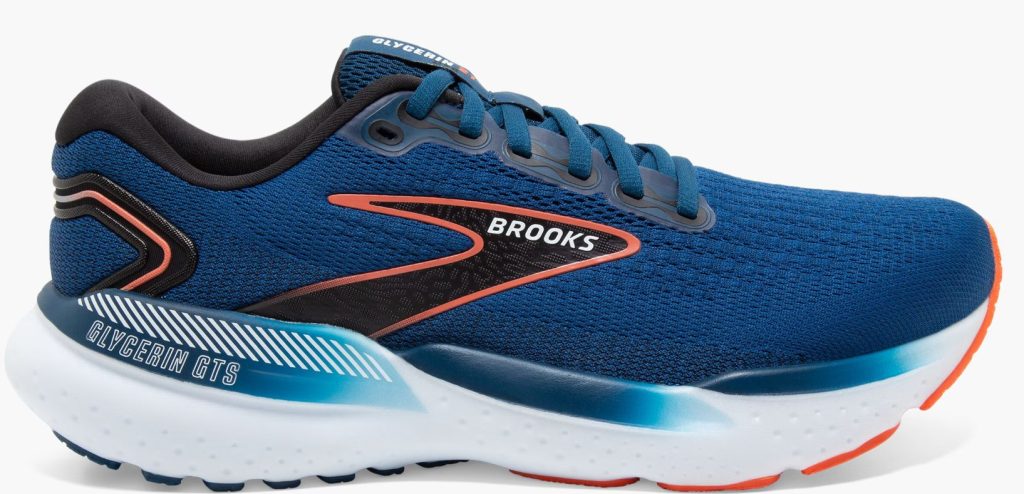
Specifications:
- Size Range: Women’s 5-12, Men’s 7-15
- Weight: Approximately 9.2 oz (Women’s US 7), 10.1 oz (Men’s US 9)
- Materials: Engineered mesh upper, DNA LOFT v3 midsole, RoadTrack rubber outsole.
- Heel-to-Toe Drop: 10mm
- Best For: Walking, running, casual wear, stability for joints, preventing overpronation.
Key Features:
- DNA LOFT v3 Cushioning: Brooks’ softest and most responsive cushioning, providing plush comfort and effective shock dissipation.
- GuideRails® Technology: A proprietary support system that helps keep your body in its natural motion path, guiding your feet, knees, and hips, and reducing excess movement.
- Wide Forefoot: Allows toes to splay naturally, evenly distributing weight to prevent pressure points.
- Orthotics Compatible: Roomy enough to accommodate custom orthotics or inserts.
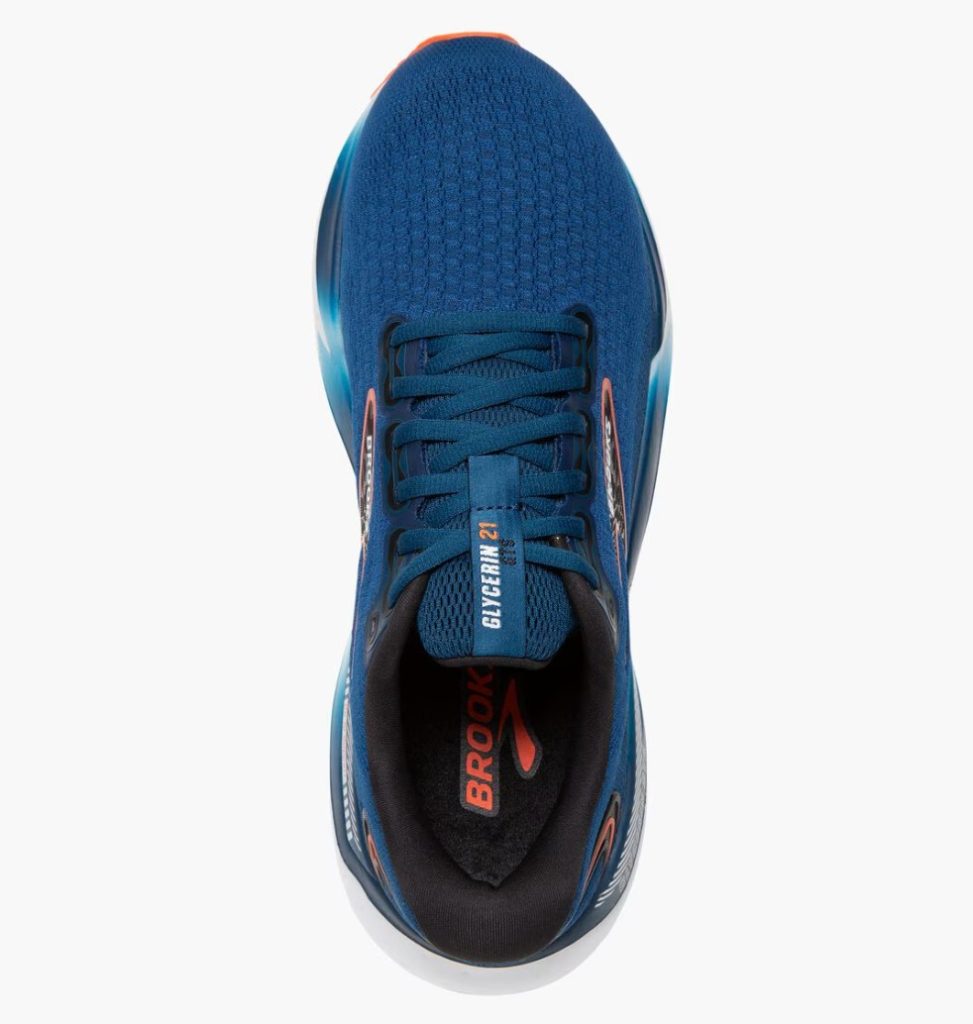
Pros:
- Exceptional stability and support for proper body alignment.
- Ample cushioning for effective shock absorption.
- Versatile for various activities, from running to daily wear.
- Designed to fit custom orthotics.
Cons:
- Slightly heavier than some other options on this list due to its stability features.
- The 10mm heel-to-toe drop might not be ideal for those preferring a more minimal feel.
4. Asics Gel-Nimbus 25
The Asics Gel-Nimbus 25 has quickly become a bestseller and a strong contender for the best shoes for back pain, particularly for runners seeking maximum shock absorption. Asics is renowned for its cushioning innovations, and the Gel-Nimbus 25 represents a significant leap forward in delivering a luxuriously soft and stable ride, crucial for reducing impact on joints and the lower back during high-impact activities.
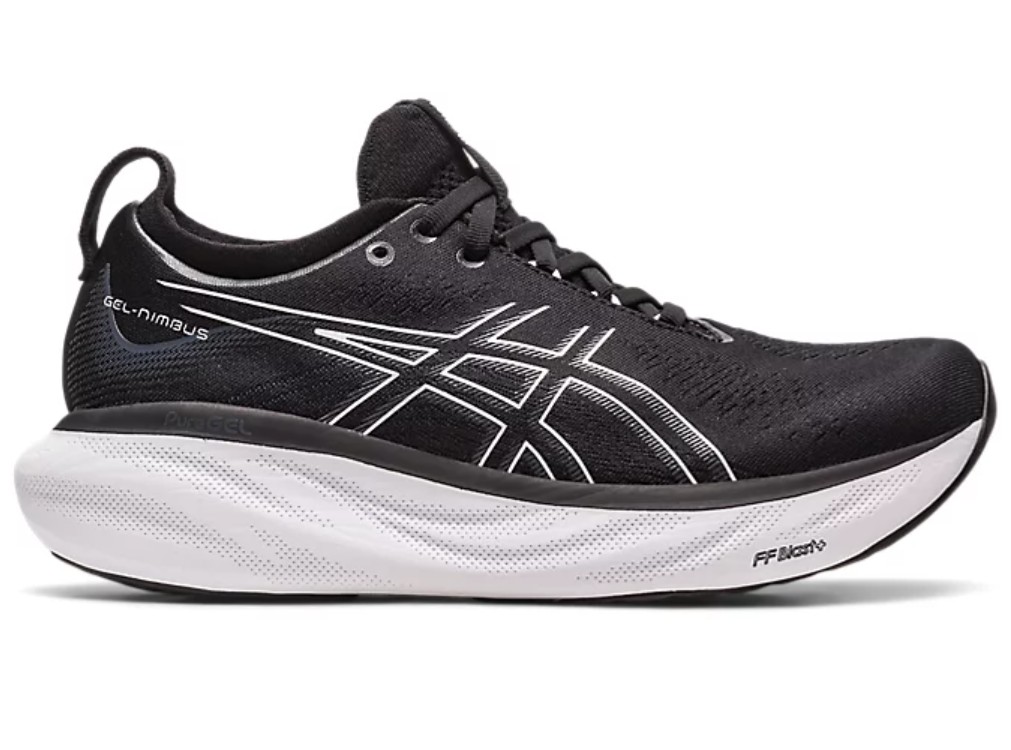
Specifications:
- Size Range: Women’s 5-13, Men’s 7-15
- Weight: Approximately 8.9 oz (Women’s US 7), 10.2 oz (Men’s US 9)
- Materials: Engineered knit upper, PureGEL™ technology, FF BLAST™ PLUS ECO cushioning.
- Heel-to-Toe Drop: 8mm
- Best For: Running (especially long distances), walking, high-impact activities, maximum cushioning.
Key Features:
- PureGEL™ Technology: Strategically placed for enhanced impact absorption and softer landings.
- FF BLAST™ PLUS ECO Cushioning: Provides lightweight and energetic cushioning that creates comfortable foot-landings.
- Engineered Knit Upper: Offers a soft, breathable, and adaptable fit that gently cradles the foot.
- Neutral Support: Focuses on providing maximum cushioning and smooth transitions without excessive stability features.
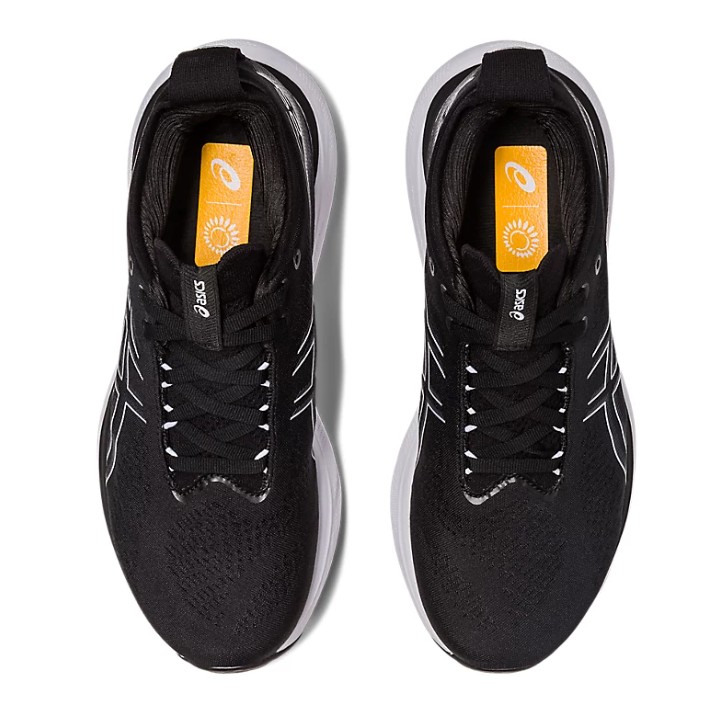
Pros:
- Unparalleled cushioning for superior shock absorption.
- Significantly reduces jarring impact on joints and lower back.
- Lightweight and soft feel for comfortable long runs or walks.
- Breathable upper for optimal comfort.
Cons:
- Some users report that the shoe runs slightly small, recommending sizing up.
- May be too soft or “mushy” for individuals who prefer a firmer, more responsive feel.
5. Skechers Slip-ins Ultra Flex
For those seeking convenience combined with comfort, especially if bending over to tie laces aggravates back pain, the Skechers Slip-ins Ultra Flex offers a compelling solution. These shoes prioritize ease of wear and plush cushioning, making them an excellent choice for daily activities, travel, and casual wear, earning them a spot on lists of the best shoes for back pain for their practical benefits.
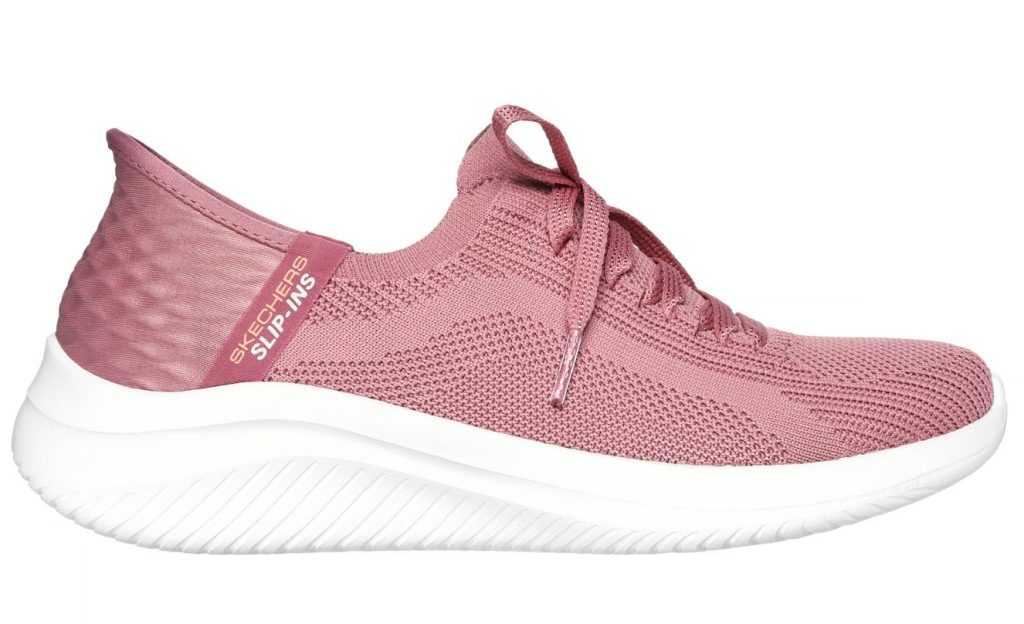
Specifications:
- Size Range: Women’s 5-11 (medium, wide), Men’s 7-14 (medium, wide)
- Weight: Approximately 8 oz (Women’s US 7)
- Materials: Stretch Fit® knit upper, Air-Cooled Memory Foam® insole, highly flexible articulated midsole.
- Heel-to-Toe Drop: Not specified, but generally low.
- Best For: Walking, casual wear, travel, easy on/off, those with limited mobility.
Key Features:
- Exclusive Heel Pillow™: Helps hold your foot securely in place without rubbing.
- Skechers Slip-ins® Technology: Allows for a completely hands-free slip-on experience.
- Air-Cooled Memory Foam® Insole: Provides immediate and lasting comfort with responsive cushioning.
- Stretch Fit® Knit Upper: Offers a comfortable, sock-like fit that adapts to the foot’s shape.
- Machine Washable: Easy to clean and maintain freshness.
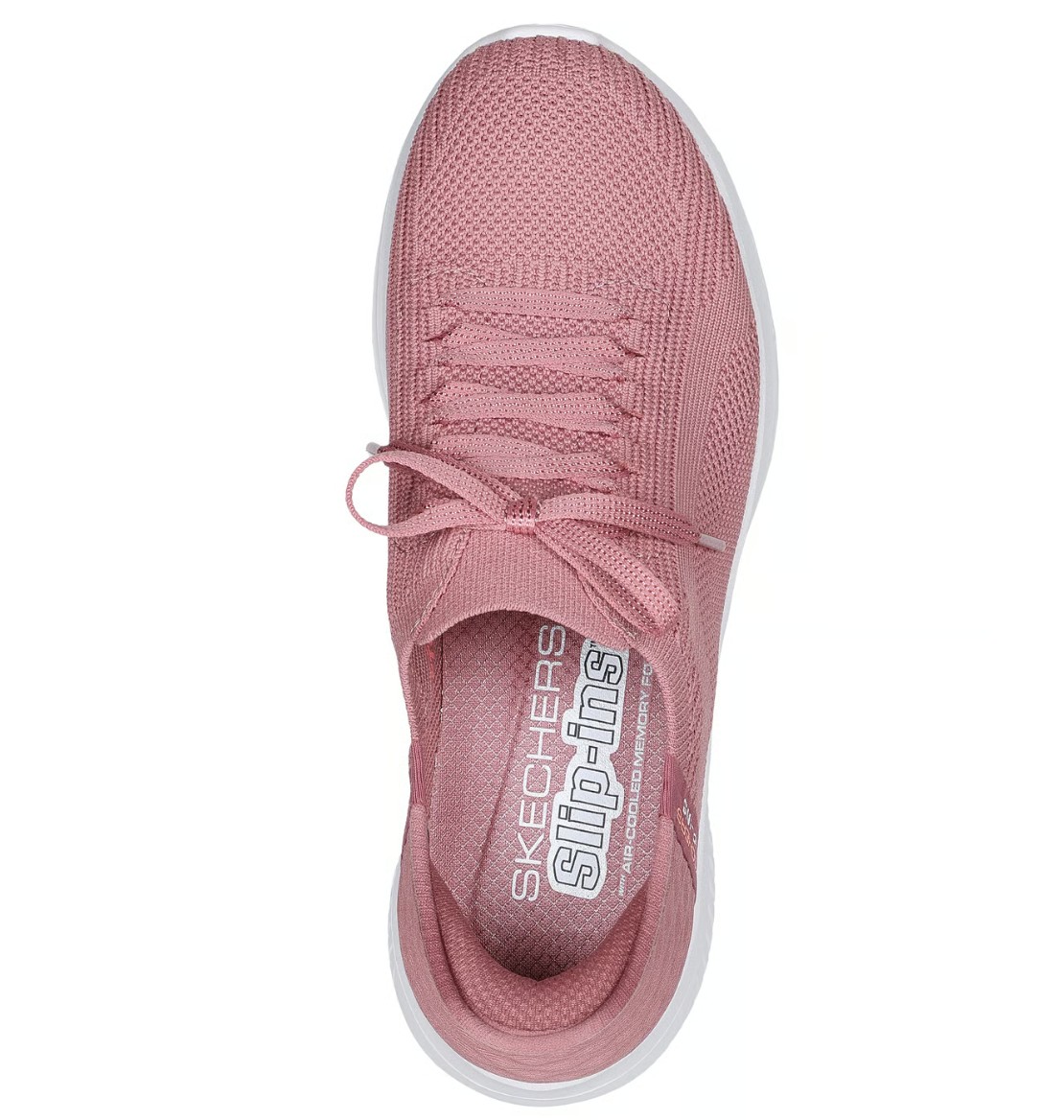
Pros:
- Effortless hands-free slip-on design, ideal for those with back pain.
- Plush, cloud-like cushioning for all-day comfort.
- Lightweight and flexible construction.
- Machine washable for easy care.
- Vegan-friendly materials.
Cons:
- May not provide enough stability or support for high-impact cardio workouts or running.
- Some users find them bulky, or the slip-on function may not work optimally for those with severe arthritis.
Choosing Your Best Shoes for Back Pain: What Else to Consider
Beyond the specific recommendations for the best shoes for back pain, there are broader considerations that will help you select the perfect pair for your unique needs. Ultimately, the right choice for you depends on several personal factors.
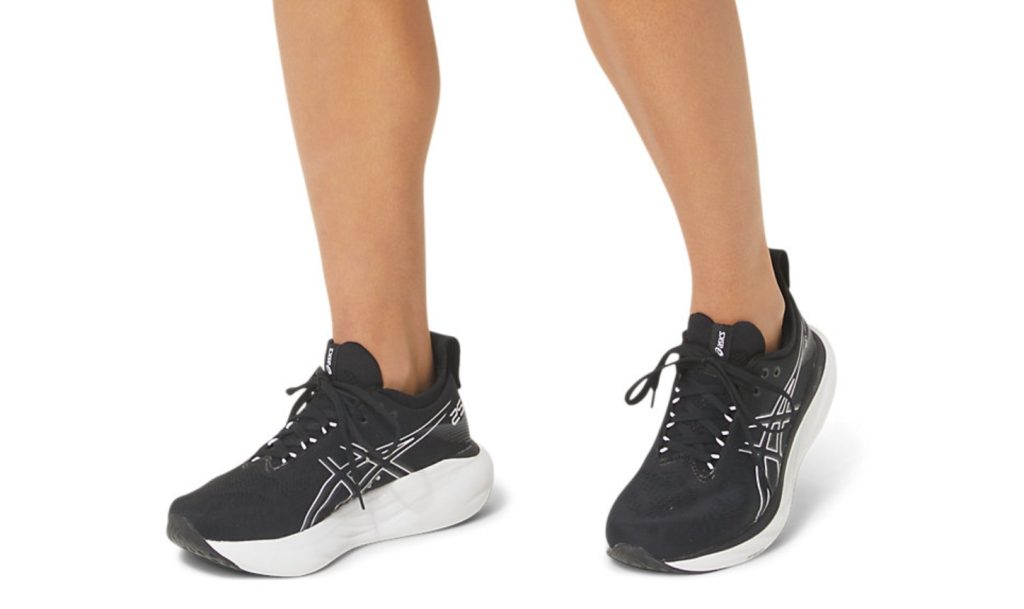
- Your Activity Level: Consider your primary use case. Are you mostly walking, standing, or engaging in light exercise? While some shoes are versatile, a running shoe designed for high-impact absorption might be overkill for casual wear, or conversely, a casual slip-on may lack the stability for intense activities. Therefore, match the shoe to your typical activities.
- Foot Type and Arch: Understanding your foot type (flat feet, high arches, neutral) is crucial. While all the recommended shoes offer good support, some might be better suited for specific arch types. If you have severe foot issues, a podiatrist’s advice is invaluable.
- Personal Preference: Ultimately, the best shoes for back pain are the ones you’ll actually wear consistently because they feel comfortable. Try on different models, walk around, and listen to your body. Comfort is subjective, so prioritize what feels good to you.
- Material Durability: Look for high-quality foam and rubber that won’t break down quickly, as flimsy shoes can contribute to pain. Durable materials ensure that the shoe maintains its supportive properties over time.
FAQs About Shoes for Back Pain
I often receive questions from readers seeking to understand how footwear can genuinely impact their comfort. Here are some of the most common queries regarding the best shoes for back pain:
Can the right pair of shoes truly prevent back pain?
While shoes alone cannot cure chronic back pain, the right pair can significantly help in preventing and reducing its occurrence. This is achieved by providing proper shock absorption, support, and alignment. Shoes that promote a natural gait and distribute weight evenly reduce stress on your spine and kinetic chain, thereby mitigating discomfort.
Are running shoes always the best choice for back pain, even for walking?
Not necessarily. While many running shoes offer excellent cushioning and shock absorption, their design is optimized for the mechanics of running. Some running shoes might have a higher heel drop or specific features that, while beneficial for runners, could alter posture in ways that don’t suit prolonged standing or walking for everyone.
However, many find comfortable running shoes with good cushioning to be effective for daily activities, especially if combined with custom inserts.
How often should I replace my shoes if I have back pain?
The lifespan of a shoe depends on its quality, your activity level, and your gait. Generally, most walking or running shoes should be replaced every 300-500 miles or every 6-12 months. If you experience increased back pain or notice visible wear on the sole, it’s a good indication that your shoes are losing their cushioning and support, and it’s time for a new pair.
Do orthopedic shoes specifically help with lower back pain?
Yes, orthopedic shoes are often designed with specialized arch support and cushioning to promote proper foot alignment, which can significantly benefit those with lower back pain. They help maintain a natural gait and reduce unnecessary strain on your back muscles.
Should I avoid high heels or flat-soled shoes if I have back pain?
Generally, yes. High heels force your pelvis into an unnatural tilt, straining your lower back. Conversely, flat-soled shoes often lack adequate arch support and cushioning, leading to increased impact on your spine. Therefore, for managing back pain, shoes with moderate cushioning, good arch support, and a low to moderate heel-to-toe drop are usually recommended.
Ready to Experience Real Comfort?
Choosing the best shoes for back pain is a significant step towards improving your comfort and overall well-being. The models I’ve highlighted, like the Hoka Clifton 9, New Balance Fresh Foam X 1080v14, Brooks Glycerin GTS 21, Asics Gel-Nimbus 25, and Skechers Slip-ins Ultra Flex, represent some of the most effective options on the market. They are consistently praised by both experts and users for their ability to provide critical support and cushioning.
I hope this in-depth guide has provided you with valuable insights and clear recommendations. If you have any further questions about these shoes, wish to explore specific styles, or need personalized advice on selecting the perfect pair to enhance your comfort, I invite you to connect with me.
[Add me on WhatsApp for more insights and personalized recommendations!]



